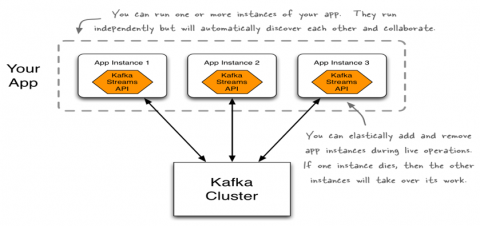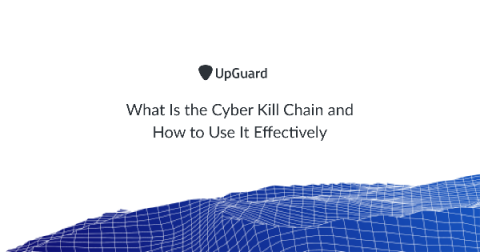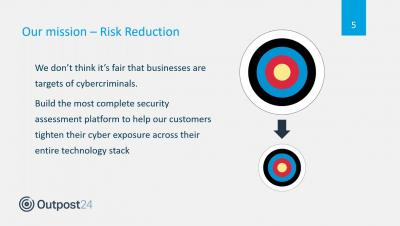Security | Threat Detection | Cyberattacks | DevSecOps | Compliance
%term
Profiling "VIP Accounts" Part 2
VPNs and Zero Trust: Thoughts on the Evolving Nature of Remote Access
Organizations of all sizes are currently under siege by adversaries with unlimited time and enough technical skill to exploit the cracks in our information systems and networks. All organizations have something to protect, whether large or small, and they are always looking for new technology to help against these adversaries. Zero Trust has become the latest framework to solve all of our security woes.
What Is the Cyber Kill Chain and How to Use It Effectively
You're probably familiar with the defense-in-depth or castle and moat approach to cybersecurity. It remains a common model that organizations use to think through their information security. However, as organizations have matured they have sought out new models to enable them to better understand how cyber attackers operate and how best to defend against them.
Outpost24 webinar - How to focus on vulnerabilities that are more likely to be exploited
Ask the Experts: What Security Teams Need to Focus on Now
Webinar: AIOps Outcome - Alert Noise Reduction | CloudFabrix
Importance of Operational Data in Incident Context
Network/Security Operations Center (NOC/SOC) engineers and service desk personnel are tasked to process numerous incidents as quickly as possible. However, to resolve an incident they are required to to perform various activities including collecting various operations data including metrics, logs, traces and more from different tools. In many cases, the process also involves coordinating with other IT personnel or creating a war room to bring the incident to closure.
How to protect your crown Jewels while working remotely
How to Listen for Webhooks with Python
Webhooks run a large portion of the "magic" that happens between applications. They are sometimes called reverse APIs, callbacks, and even notifications. Many services, such as SendGrid, Stripe, Slack, and GitHub use events to send webhooks as part of their API. This allows your application to listen for events and perform actions when they happen. In a previous article, we looked at how to consume webhooks with Node.js and Express.











